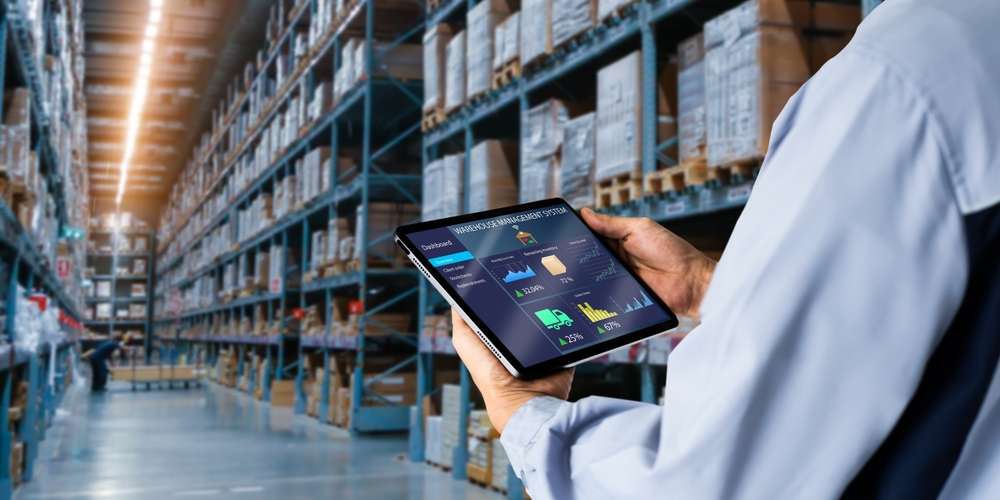Optimizing product discovery for global customers
Product discovery for international customers requires aligning search, local preferences, and logistics so shoppers can find the right items quickly. This article explains practical approaches to improve visibility across channels, reduce friction during browsing and checkout, and measure outcomes with analytics to support global retail strategies.

Product discovery for global customers depends on a mix of technology, localization, and operational readiness. Retailers must ensure catalog accuracy, consistent taxonomy, and localized content so international shoppers encounter relevant products regardless of channel. Effective discovery reduces time to cart, increases conversion, and helps businesses scale into new markets while keeping inventory and fulfillment predictable.
ecommerce and marketplaces
A coherent ecommerce strategy links direct channels with marketplaces to broaden reach. Marketplaces expose products to high-intent audiences but require precise listings, competitive pricing, and inventory sync to avoid oversells. For owned ecommerce sites, use structured product data, clear categories, and search optimization so internal search and external engines surface the right items. Syndicate product feeds to marketplaces with localized titles and attributes to improve findability and relevance for different markets.
personalization and analytics for conversion
Personalization tailors product suggestions and landing experiences based on behavior, location, and past purchases to boost conversion. Combine onsite analytics, A/B testing, and recommendation engines to surface complementary products, trending items in a shopper’s region, or recently viewed SKUs. Analyze conversion funnels across devices and geographies to spot drop-off points—personalization should reduce friction in discovery and guide customers from product pages to cart more efficiently.
mobile and cart, checkout flow considerations
Mobile is the primary discovery touchpoint in many markets, so optimize product pages, images, and search for smaller screens. Ensure cart persistence across sessions and devices so discovery on mobile converts later on desktop or vice versa. Simplify checkout forms, offer local payment methods, and minimize required fields to reduce abandonment. Thoughtful cart and checkout UX preserves purchase intent generated during discovery and improves overall conversion.
inventory, fulfillment, and shipping visibility
Visibility into inventory and fulfillment status is critical for global discovery. Display real-time availability and estimated delivery times per region to set clear expectations during browsing. Use regional warehouses, split fulfillment, or fulfillment partners to shorten delivery windows and reduce shipping costs. When customers see accurate shipping timelines and fulfillment options, their confidence in proceeding from discovery to purchase increases.
payments, returns, and pricing strategies
Local payment options and transparent pricing affect whether discovery leads to purchase. Offer common local payment methods and currency display to eliminate surprises at checkout. Make return policies clear on product pages so international shoppers understand eligibility and costs before buying. Pricing strategies such as localized promotions, duty and tax-inclusive pricing, or zone-based shipping can make products more attractive in different markets while protecting margins.
Real-world cost and pricing insights help teams plan product discovery investments. Platform fees, marketplace commissions, payment processing rates, and shipping costs vary by provider and region. Below is a concise comparison of common ecommerce platform and payment options to illustrate typical starting points for small to mid-size merchants. These are examples for planning rather than exhaustive recommendations.
| Product/Service | Provider | Cost Estimation |
|---|---|---|
| Hosted ecommerce (basic) | Shopify Basic | ~$29 per month + payment fees |
| Open-source ecommerce | WooCommerce (hosting) | Hosting $10–$50/month; extensions extra |
| Headless/Enterprise platform | BigCommerce Standard | ~$29.95 per month + fees |
| Payment processing | Stripe | ~1.7%–3.5% per transaction depending on region |
| International shipping provider | DHL/UPS/FedEx | Rates vary by weight/destination; often negotiated |
Prices, rates, or cost estimates mentioned in this article are based on the latest available information but may change over time. Independent research is advised before making financial decisions.
analytics and ongoing optimization
Use analytics to measure discovery KPIs such as search success rate, click-through on recommendations, add-to-cart rate, and cross-border conversion. Segment performance by region, device, and traffic source to prioritize improvements. Run experiments on taxonomy, product copy, imagery, and localized promotions to refine discovery effectiveness. Continuous monitoring of inventory turnover and fulfillment metrics ensures that discovery improvements translate into reliable delivery and sustained customer satisfaction.
Optimizing product discovery for global customers combines technical, content, and operational practices. By localizing product data, enabling frictionless mobile and checkout experiences, offering relevant payment and shipping options, and measuring outcomes with analytics, retailers can improve how international shoppers find and buy products while maintaining control over inventory and fulfillment.





